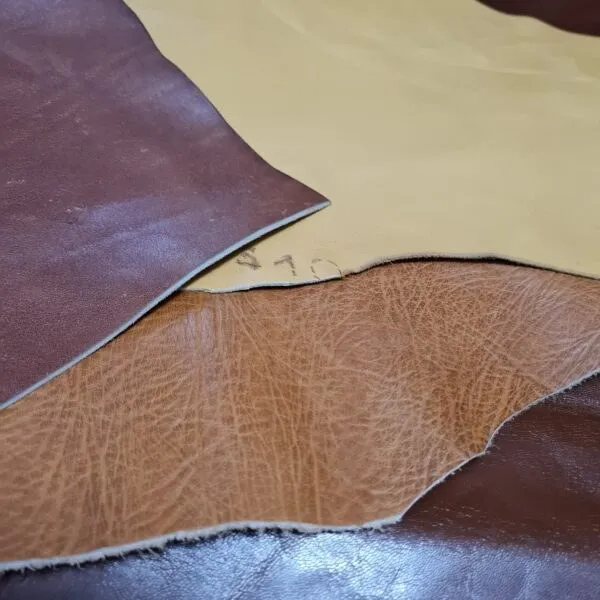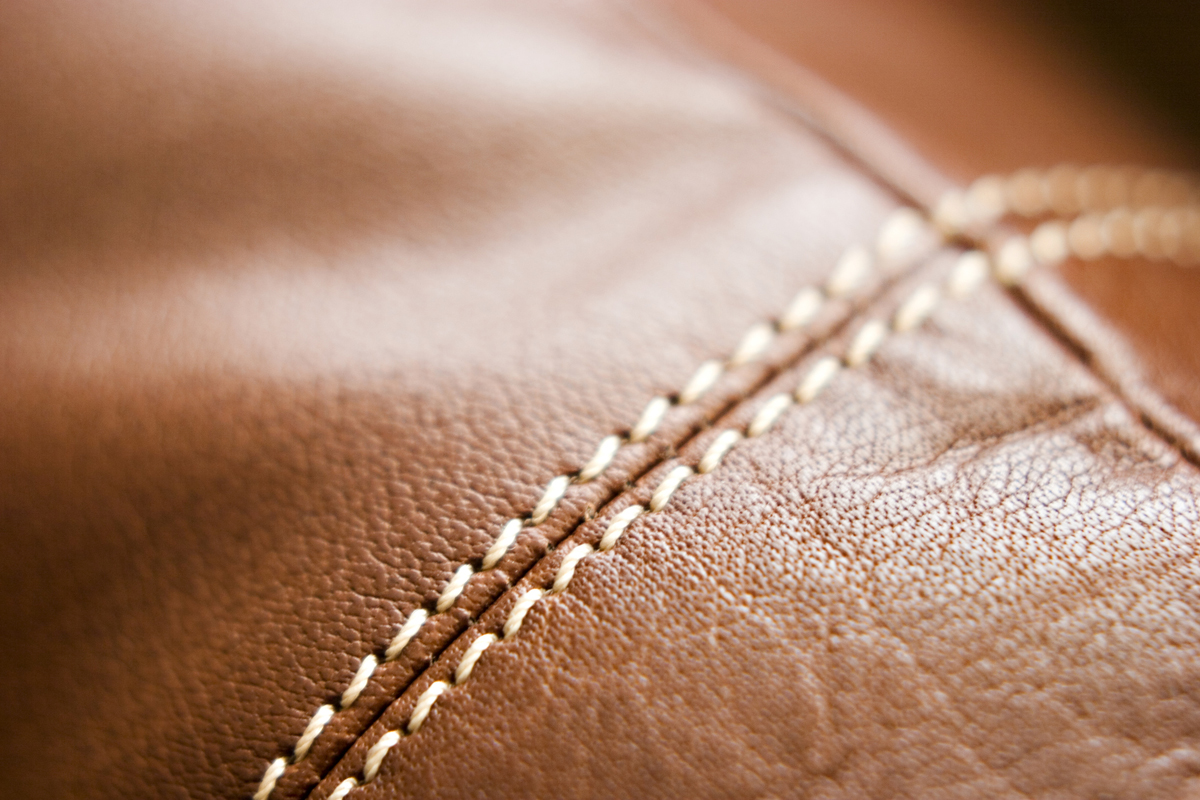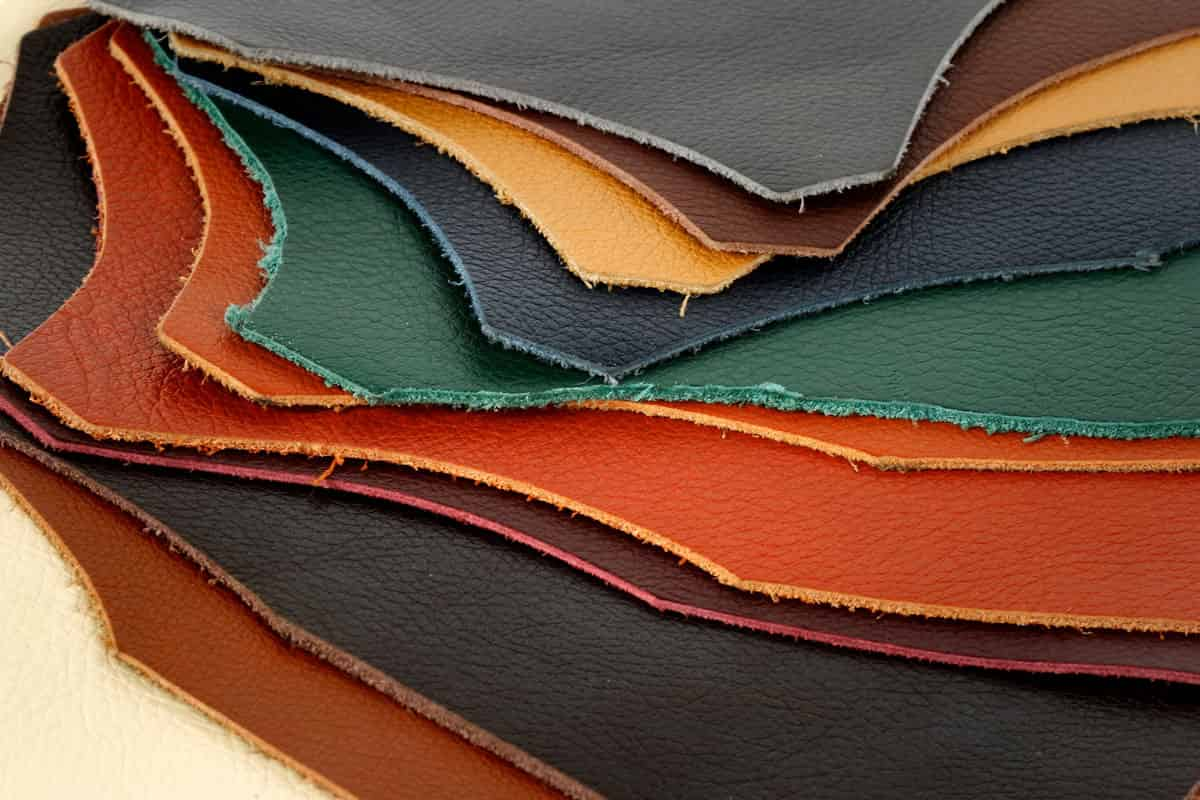Ostrich leather is renowned for its unmatched beauty, durability, and unique texture. The process of transforming raw ostrich hides into exquisite leather goods requires expertise and precision. Ostrich leather tanneries play a crucial role in creating these refined products. In this article, we will explore the price range of ostrich leather tanneries, delve into the key features that set them apart, and uncover the intricate art of tanning ostrich leather.
Price of Ostrich Leather Tannery:
Owning an ostrich leather tannery is a significant investment, as the equipment, materials, and skilled artisans required for the process contribute to the overall cost. The price range for establishing an ostrich leather tannery can vary depending on the scale and location of the facility. Generally, the cost may range from tens of thousands to millions of dollars, including expenses for machinery, chemicals, utilities, and wages.
Features of Ostrich Leather Tannery:

1. Quality Control: Ostrich leather tanneries prioritize stringent quality control measures to ensure the production of premium leather goods. They utilize advanced technology and employ skilled craftsmen to achieve consistent results. Quality control encompasses various stages of the tanning process, including pre-treatment, dyeing, and finishing, to achieve the desired texture, color, and durability.
2. Environmental Responsibility: Many modern ostrich leather tanneries implement eco-friendly practices to minimize their ecological footprint. They often adopt efficient waste management systems and employ sustainable tanning techniques, such as chrome-free or vegetable-based tanning methods. Additionally, tanneries may incorporate energy-efficient systems and reduce water consumption to lessen their impact on the environment.
3. Customization and Innovation: Ostrich leather tanneries offer customization options to cater to the diverse demands of their clients. They possess the expertise to create unique finishes, patterns, and colors, providing customers with distinguished and personalized products. Tanneries also invest in research and development to stay at the forefront of innovation, continuously exploring new methods to enhance the quality and functionality of ostrich leather.
How to Make Ostrich Leather Tannery:

The process of tanning ostrich leather involves several meticulous stages, each contributing to the end result’s exceptional quality and appeal. Here is a simplified overview of the process:
1. Sourcing and Selection: Ostrich hides are sourced from reputable farms, where the animals are raised in sustainable and ethical conditions. These hides are inspected and graded based on criteria such as size, texture, and any imperfections. Only the finest hides are selected for the tanning process.
2. Pre-Treatment: The selected hides undergo pre-treatment measures to remove any impurities, including flesh, fat, and hair. This process ensures that the raw hides are prepared for the subsequent tanning stages.
3. Tanning: The tanning stage involves preserving the raw hides and turning them into durable leather. The most common method employed is chrome tanning, which utilizes chromium salts to stabilize the hides’ collagen fibers. Alternatively, vegetable tanning is also utilized, employing natural tannins derived from plant matter. This method is known for producing a distinctive, organic result.

4. Dyeing: After the tanning process, the leather is subjected to dyeing, where color pigments are applied to achieve the desired shade. Skilled artisans employ their expertise to ensure even color distribution while preserving the unique characteristics of ostrich leather, such as its natural grains and textures.
5. Finishing: The final stage involves finishing the leather to enhance its appearance, feel, and durability. Various techniques may be employed, including buffing, embossing, or adding protective coatings. These techniques help to refine the texture, add luster, and ensure resistance to wear and tear.
Conclusion:
Ostrich leather tanneries play a crucial role in transforming raw ostrich hides into exquisite leather products sought after by fashion enthusiasts and luxury goods connoisseurs worldwide. The establishment and operation of such tanneries require significant investment, but the results are unparalleled in terms of quality and appeal. With their commitment to quality control, environmentally responsible practices, customization options, and continuous innovation, ostrich leather tanneries uphold their reputation as purveyors of elegance and durability.




